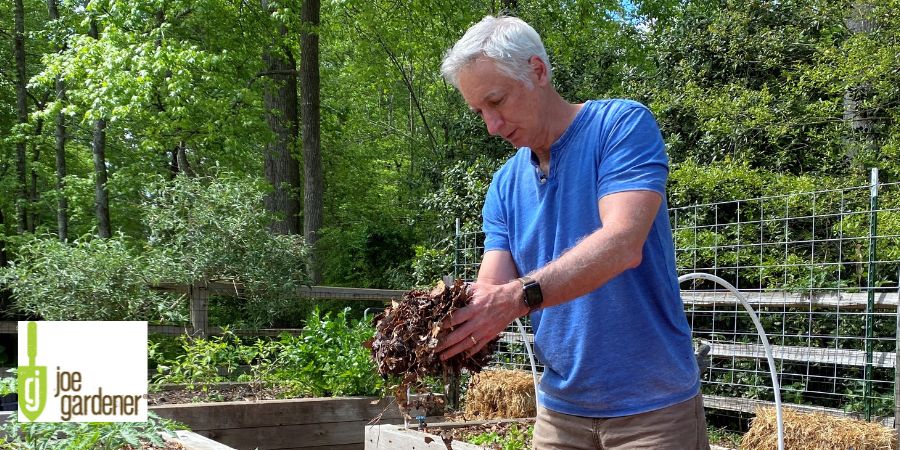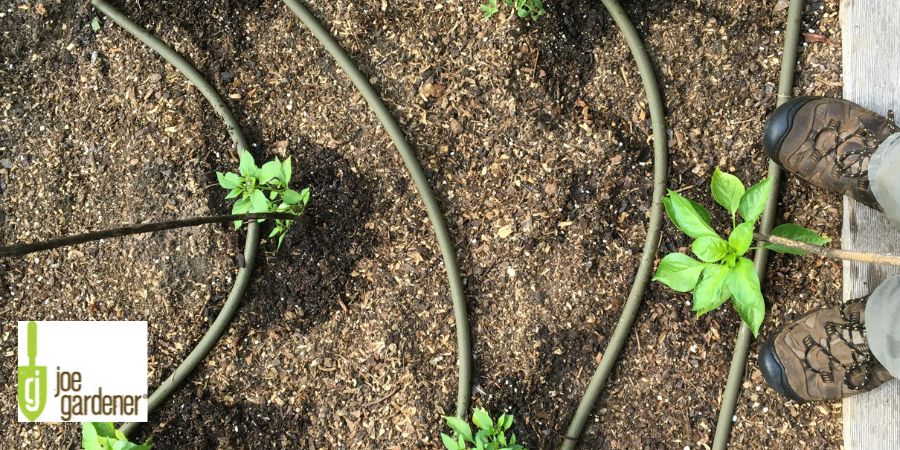Four Simple Steps to Having a Garden with Fewer Weeds
- Gardening Expert and Host of Growing a Greener World®May 18, 2024
Imagine having a garden with perpetually fewer weeds. This is not just a dream, but a reality according to Dr. Lee Reich, a renowned soil scientist, avid gardener, and author of Weedless Gardening. I had the privilege of visiting Dr. Reich’s garden and witnessing his success firsthand. Inspired by his approach, I have faithfully practiced his methods in my own garden, and the results have been nothing short of remarkable.
Reducing weeds in your garden is not an impossible task. It all comes down to four practical steps. While it's true that achieving a completely weed-free garden is a myth, following these essential actions will significantly reduce weed growth and make your garden more manageable.
Here are the important steps to having a garden with fewer weeds:
First, stop tilling the soil. We now know a lot more about the detrimental impact tilling has on soil, but tilling is a big contributor to weeds. As the tines of the tiller tear through the soil (while destroying its natural structure), tilling brings thousands of dormant weed seeds to the surface, where they’ll sprout now that they are exposed to sunlight, air, and water.
If you cannot resist the urge to till, it is imperative that you pick out the newly sprouting weeds as soon as you see them. If you skip this step, don’t bother moving on to the remaining ones. It’s that important!

Second, make well-defined spaces between planting beds and walking areas, and never walk in the planting beds. By sticking to the designated walking areas for foot traffic, the planting beds will never become compacted by your weight underfoot and will, therefore, be less conducive to weed growth.
Third, once your beds are defined, cover them with a generous layer (about 1-2 inches) of compost or mulch. Organic matter feeds the soil so the soil can feed the plants. Moreover, the mulch layer blocks the light from getting to the weed seeds lurking at or near the surface. Since many weed seed varieties need light to germinate, the mulch layer provides an important role in having a weed-less garden.

Fourth, use drip irrigation in your beds. Unlike overhead watering, where everything gets soaked, drip irrigation directs the water only where it is needed, directly into the soil and only around the base of your targeted plants. Drip irrigation is a very effective way to deprive weed seeds outside of the drip zone of the water they need to sprout and persist.

While these four steps may seem like an overly simplified way to dramatically reduce the weeds in your garden, I encourage you to put them to the test. And if you really want proof, set up a test plot using these steps next to a plot where none of them are applied. You’ll have your proof in short order. Here’s to fewer weeds in your garden this season, and for many seasons to come.

